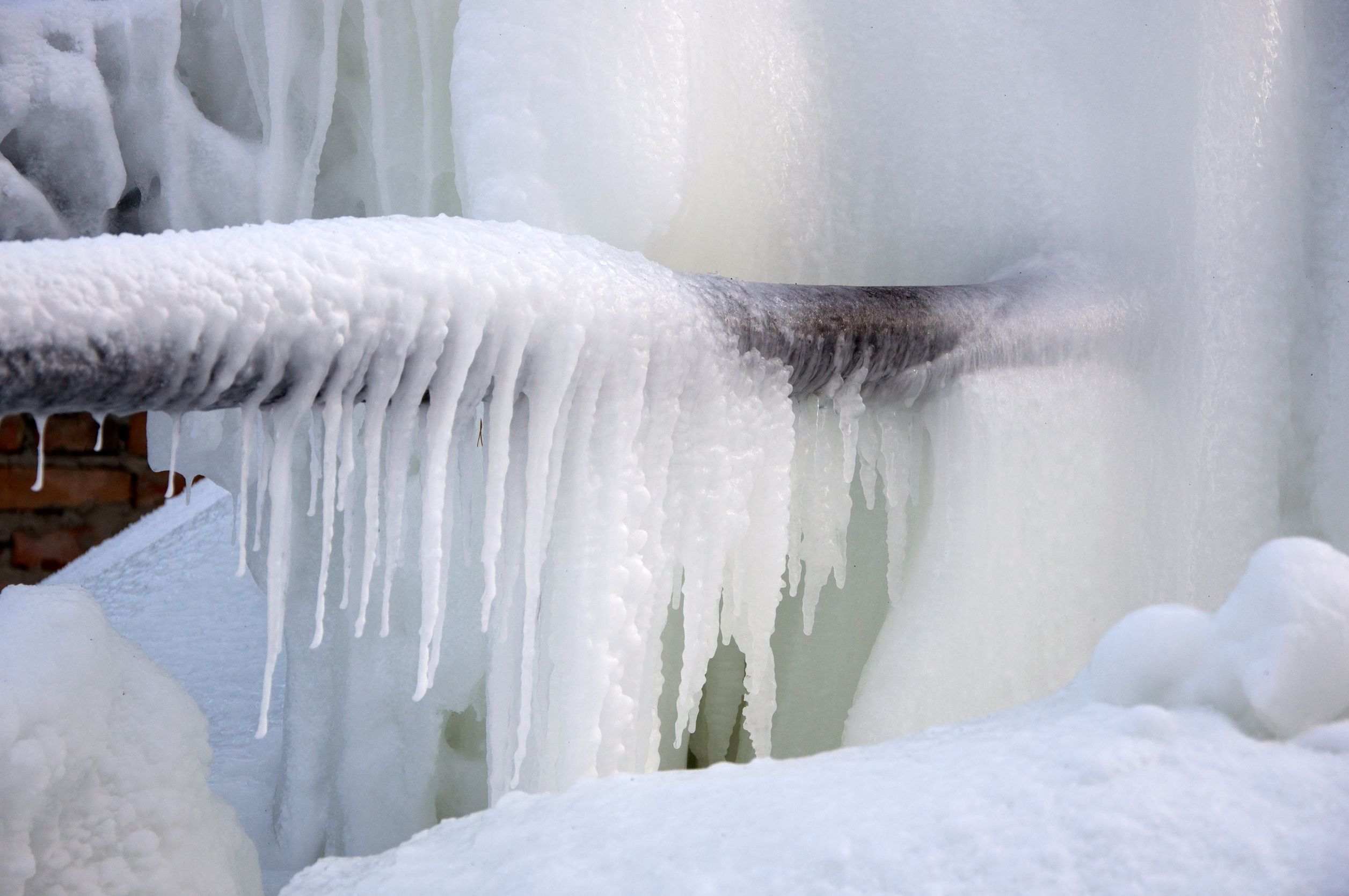Preventing Frozen Pipes in Cold Weather: Essential Strategies
Preventing Frozen Pipes in Cold Weather: Essential Strategies
Blog Article
We've come across the article pertaining to 6 Ways to Prevent Frozen Pipes directly below on the internet and felt it made perfect sense to talk about it with you in this article.

Cold weather can damage your pipes, specifically by freezing pipelines. Below's how to avoid it from happening and what to do if it does.
Intro
As temperatures decrease, the threat of frozen pipelines boosts, potentially bring about costly fixings and water damage. Recognizing how to avoid icy pipes is critical for property owners in cool environments.
Understanding Frozen Pipelines
What creates pipes to freeze?
Pipes freeze when subjected to temperature levels listed below 32 ° F (0 ° C) for expanded periods. As water inside the pipes freezes, it broadens, putting pressure on the pipeline walls and possibly creating them to burst.
Dangers and problems
Frozen pipelines can result in water supply disturbances, residential property damage, and expensive repair work. Ruptured pipes can flood homes and create substantial structural damages.
Signs of Frozen Piping
Determining icy pipes early can avoid them from breaking.
Exactly how to recognize frozen pipes
Look for lowered water circulation from faucets, uncommon smells or sounds from pipes, and noticeable frost on subjected pipes.
Avoidance Tips
Insulating vulnerable pipelines
Wrap pipes in insulation sleeves or utilize warmth tape to safeguard them from freezing temperature levels. Focus on pipes in unheated or outside locations of the home.
Heating methods
Maintain indoor spaces adequately heated, particularly locations with pipes. Open up closet doors to permit warm air to circulate around pipes under sinks.
Safeguarding Outside Plumbing
Garden pipes and outside faucets
Detach and drain garden hose pipes prior to winter months. Mount frost-proof faucets or cover outside taps with shielded caps.
What to Do If Your Pipelines Freeze
Immediate actions to take
If you suspect frozen pipelines, maintain taps open to soothe pressure as the ice melts. Use a hairdryer or towels soaked in hot water to thaw pipes slowly.
Long-Term Solutions
Structural modifications
Think about rerouting pipes away from outside wall surfaces or unheated areas. Add additional insulation to attic rooms, basements, and crawl spaces.
Updating insulation
Invest in top quality insulation for pipelines, attics, and walls. Proper insulation assists preserve constant temperature levels and minimizes the risk of icy pipelines.
Final thought
Avoiding icy pipes calls for positive measures and quick responses. By comprehending the causes, indications, and safety nets, property owners can shield their plumbing throughout winter.
6 Proven Ways to Prevent Frozen Pipes and Protect Your Home
Disconnect and Drain Garden Hoses
Before winter arrives, start by disconnecting your garden hoses and draining any remaining water. Close the shut-off valves that supply outdoor hose bibs and leave the outdoor faucet open to allow any residual water to drain. For extra protection, consider using faucet covers throughout the colder months. It’s also important to drain water from any sprinkler supply lines following the manufacturer’s directions.
Insulate Exposed Pipes
Insulating your pipes is an effective way to prevent freezing. Pipe insulation is readily available at home improvement stores and is relatively inexpensive. Pay close attention to pipes in unheated areas such as the attic, basement, crawl spaces, or garage. Apply foam insulation generously to create a buffer against the cold. You can also wrap your pipes in heat tape or thermostat-controlled heat cables for added warmth.
Seal Air Leaks
Inspect your home for any cracks or openings that could let in cold air. Seal any holes around the piping in interior or exterior walls, as well as the sill plates where your home rests on its foundation. Additionally, make sure to keep your garage door closed unless you’re entering or exiting. Leaving it open creates a significant air leak that can lead to frozen pipes.
Allow Warm Air Circulation
During cold snaps, it’s essential to allow warm air to circulate evenly throughout your home. Leave interior doors ajar to promote better airflow. Open kitchen and bathroom cabinets to help distribute heat consistently around the rooms. If you have small children or pets, be sure to remove any household chemicals or potentially harmful cleaners from open cabinets for safety.
Let Faucets Drip
A small trickle of water can make a big difference in preventing ice formation inside your pipes. When temperatures drop significantly, start a drip of water from all faucets served by exposed pipes. This continuous flow helps prevent the water from freezing. Additionally, running a few faucets slightly can relieve pressure inside the pipes, reducing the chances of a rupture if the water inside does freeze.
https://choateshvac.com/6-proven-ways-to-prevent-frozen-pipes-and-protect-your-home/

I have been very eager about Helpful Tips to Prevent Frozen Pipes this Winter and I really hope you appreciated my blog post. Enjoyed our blog posting? Please share it. Help somebody else check it out. Many thanks for your time. Revisit us soon.
Click Here Report this page